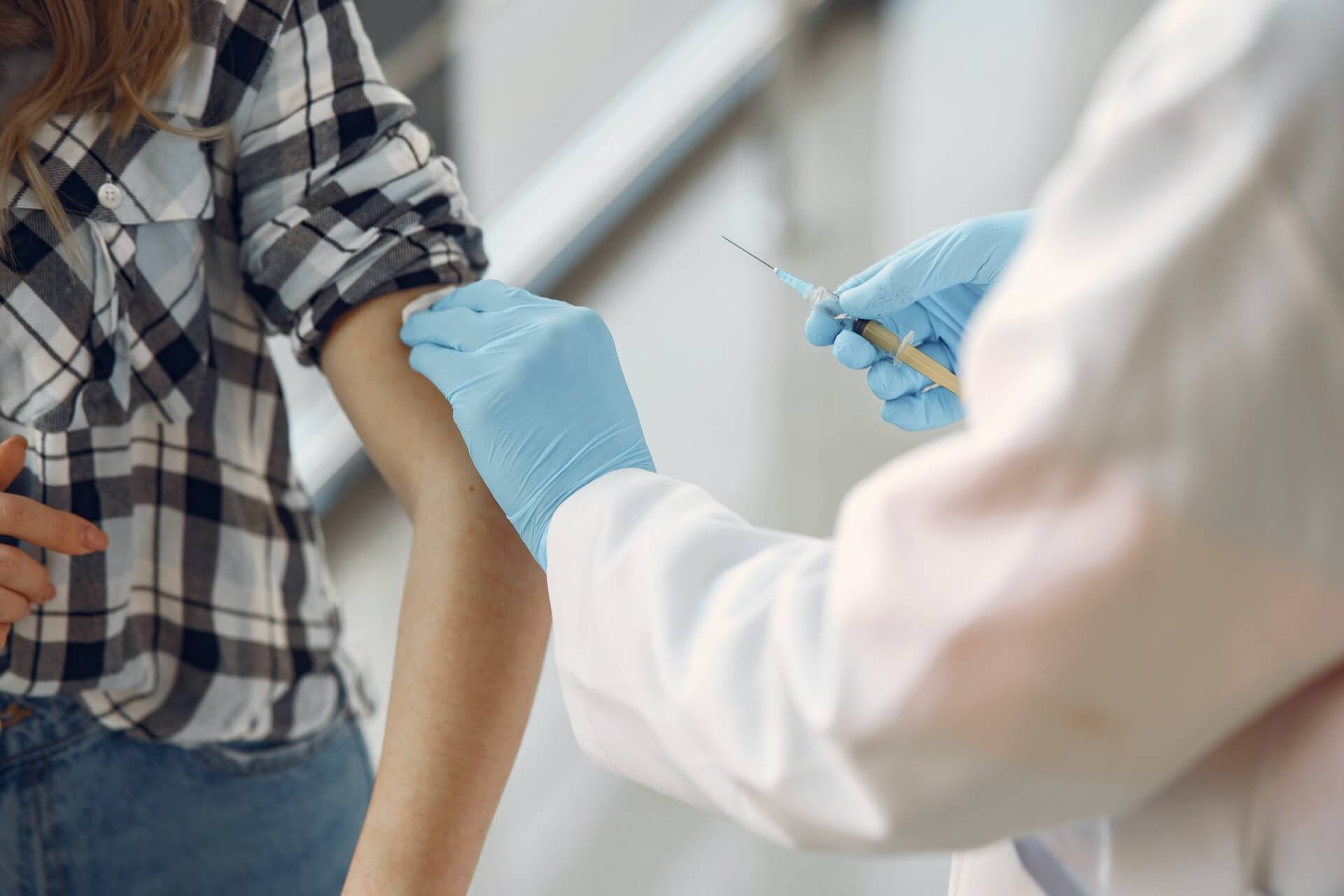
Lyme Disease Treatment and Management
Lyme disease is caused by 4 important species of bacteria. Borrelia burgdorferi and Borrelia mayonii cause Lyme disease in the United States, even as Borrelia afzelii and Borrelia garinii are the main causes in Europe and Asia. The maximum common tick-borne contamination in those regions, Lyme disease is transmitted through the bite of an infected black-legged tick, normally called a deer tick. Early signs and signs consist of fever, chills, headache, fatigue, muscle and joint pain, and swollen lymph nodes -- all common in the flu. In up to 80% of Lyme infections, a rash is one of the first signs.
Diagnosis:
Enzyme-linked immunosorbent assay (ELISA) test. This test is commonly used to detect Lyme disease, ELISA detects antibodies to B. burgdorferi. But because it can sometimes provide false-positive results, it's not used as the sole basis for diagnosis.
Western blot test. If the ELISA test is positive, this test is typically done to affirm the diagnosis. In this two-step approach, the Western blot detects antibodies to numerous proteins of B. burgdorferi.
Lyme disease treatment and management:
Oral antibiotics. These are the common treatment for early-stage Lyme disease. These typically include doxycycline for adults and kids older than 8, or amoxicillin or cefuroxime for adults, younger kids, and pregnant or breastfeeding women. A 14- to 21-day course of antibiotics is typically recommended, but a few research advocate that courses lasting 10 to 14 days are similarly effective.
Intravenous antibiotics. If the disease includes the central nervous system, your health practitioner may recommend treatment with an intravenous antibiotic for 14 to 28 days. This is powerful in eliminating infection, although it may take you a while to recover from your signs.
- Wear pants and socks in the woods, areas with lots of trees, and while dealing with fallen leaves
- Wear a tick repellent on your skin and clothing that has DEET, lemon oil, or eucalyptus.
- For even greater protection, use the chemical permethrin on clothing and camping gear.
- Shower within 2 hours after coming inside, if possible.
- Look at your skin and wash ticks from your hair.
- Put your clothing and any exposed gear right into a warm dryer to kill whatever pests may remain.






